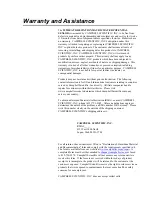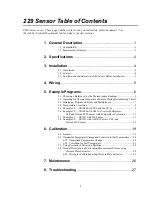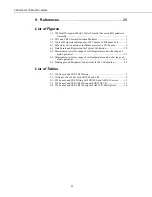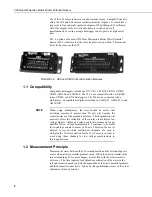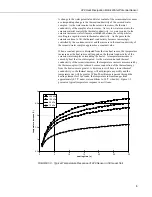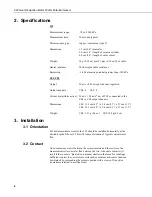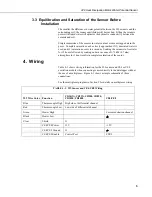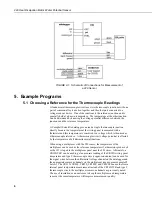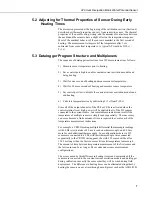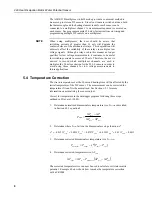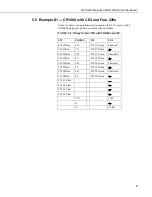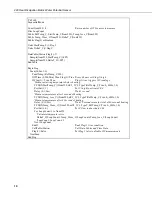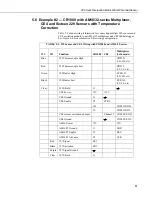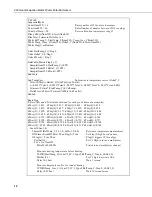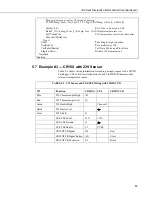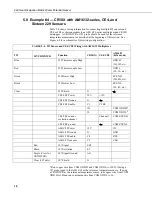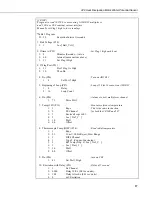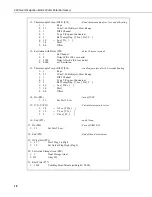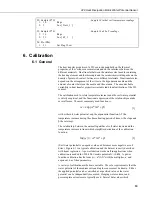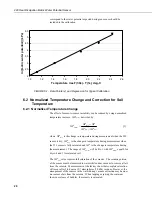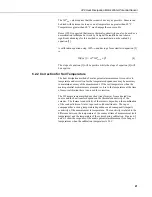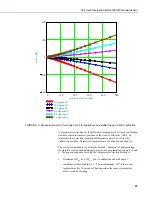
229 Heat Dissipation Matric Water Potential Sensor
The AM16/32B multiplexer in 4x16 mode provides a convenient method to
measure up to sixteen 229 sensors. Since four lines are switched at once, both
the thermocouple and the heating element leads for each sensor can be
connected to a multiplexer channel. A measurement sequence is executed on
each sensor. See program example #2 below for instructions on wiring and
programming multiple 229 sensors on a multiplexer.
When using multiplexers, the user should be aware that
switching currents of greater than 30 mA will degrade the
contact surfaces of the mechanical relays. This degradation will
adversely affect the suitability of these relays to multiplex low
voltage signals. Although a relay used in this manner no longer
qualifies for low voltage measurements, it continues to be useful
for switching currents in excess of 30 mA. Therefore, the user is
advised to record which multiplexer channels are used to
multiplex the 50 mA excitation for the 229-L sensors in order to
avoid using those channels for low voltage measurements in
future applications.
NOTE
5.4 Temperature Correction
The rise in temperature over the 30 second heating time will be affected by the
initial temperature of the 229 sensor. The measurement can be corrected for
temperature if it can first be normalized. See Section 6.2.1 for more
information on normalizing the sensor output.
Correct for temperature in the datalogger program following these steps
outlined in Flint, et al. (2002):
1.
Determine normalized dimensionless temperature rise, T
norm
as described
in Section 6.2.1 equation 3
wet
dry
dry
norm
T
T
T
T
T
Δ
−
Δ
Δ
−
Δ
=
2.
Determine where T
norm
falls on the dimensionless slope function, s*
0013
.
0
011
.
0
0203
.
0
0747
.
0
0559
.
0
0133
.
0
*
2
3
4
5
+
+
+
−
+
−
=
norm
norm
norm
norm
norm
T
T
T
T
T
s
3.
Determine corrected dimensionless temperature rise, T
normcorr
(
)
cal
soil
norm
normcorr
T
T
s
T
T
−
−
=
*
4.
Determine corrected temperature rise,
Δ
T
corr
(
)
wet
dry
normcorr
d
corr
T
T
T
T
T
Δ
−
Δ
−
Δ
=
Δ
The corrected temperature rise can now be used to calculate soil water matric
potential. Example 4 below shows how to make the temperature correction
with a CR1000.
8
Summary of Contents for 229
Page 33: ......


